What Is The Mandrake Plant: Is It Safe To Grow Mandrake In The Garden
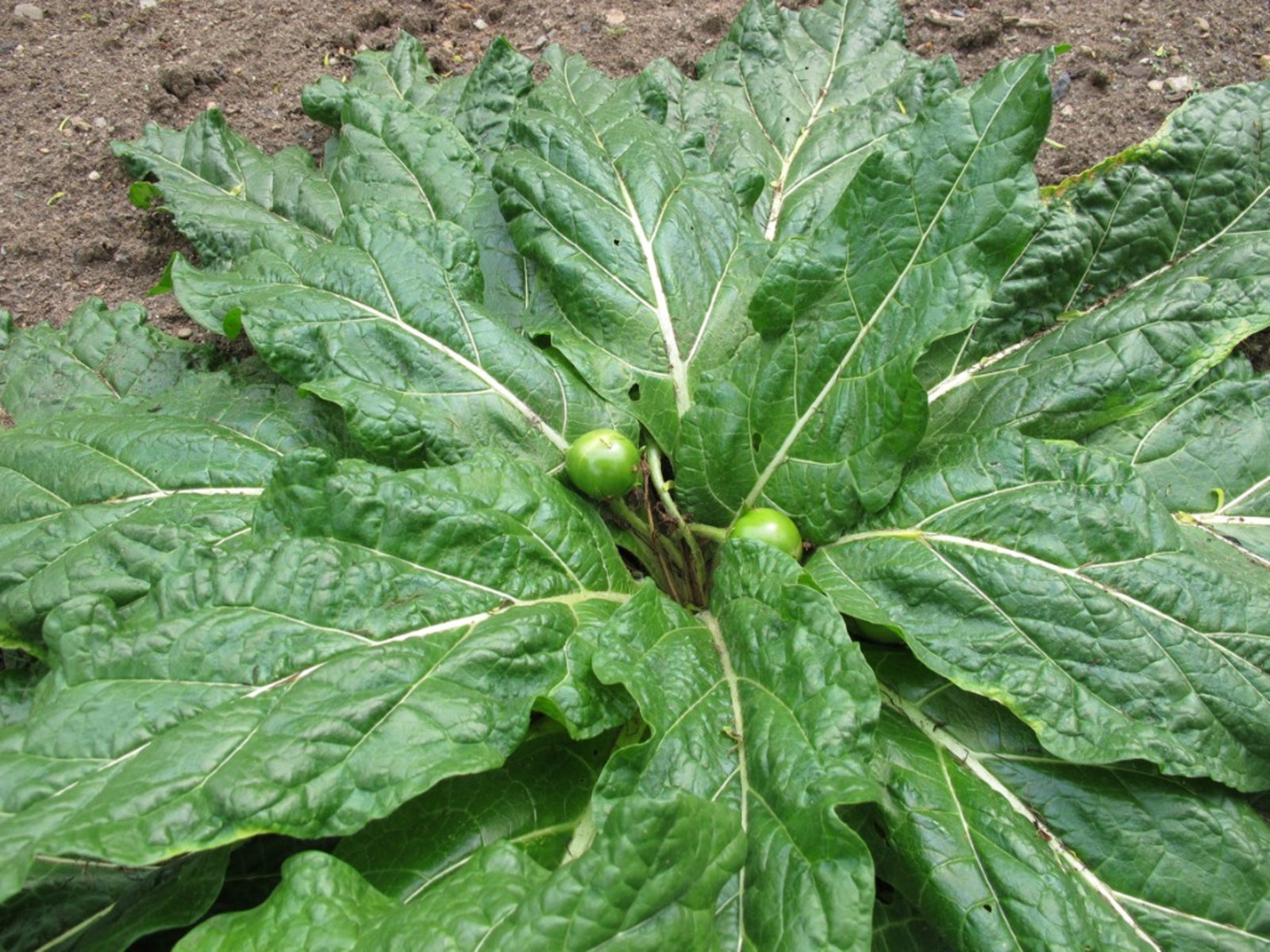

Long absent from American ornamental gardens, mandrake (Mandragora officinarum), also called Satan's apple, is making a comeback, thanks in part to the Harry Potter books and movies. Mandrake plants bloom in spring with lovely blue and white blossoms, and in late summer the plants produce attractive (but inedible) red-orange berries. Keep reading for more mandrake information.
What is the Mandrake Plant?
Wrinkled and crispy mandrake foliage might remind you of tobacco leaves. They grow up to 16 inches (41 cm.) long, but lie flat against the ground, so the plant only reaches a height of 2 to 6 inches (5-15 cm.). In spring, flowers bloom at the center of the plant. Berries appear in late summer. Mandrake roots can grow up to 4 feet (1 m.) long and sometimes bear a remarkable resemblance to a human figure. This resemblance and the fact that eating parts of the plant brings on hallucinations have resulted in a rich tradition in folklore and the occult. Several ancient spiritual texts mention the properties of mandrake and it is still used today in contemporary pagan traditions such as Wicca and Odinism. Like many members of the Nightshade family, mandrake is poisonous. It should only be used under professional supervision.
Mandrake Information
Mandrake is hardy in USDA zones 6 through 8. Growing mandrake in deep, rich soil is easy, however, the roots will rot in poorly drained or clay soil. Mandrake needs full sun or partial shade. It takes about two years for the plant to become established and set fruit. During that time, keep the soil well watered and feed the plants annually with a shovelful of compost. Never plant mandrake in areas where children play or in food gardens where it may be mistaken for an edible plant. The front of perennial borders and rock or alpine gardens are the best places for mandrake in the garden. In containers, the plants remain small and never produce fruit. Propagate mandrake from offsets or seeds, or by dividing the tubers. Collect seeds from overripe berries in fall. Plant the seeds in containers where they can be protected from winter weather. Transplant them into the garden after two years.
Gardening tips, videos, info and more delivered right to your inbox!
Sign up for the Gardening Know How newsletter today and receive a free copy of our e-book "How to Grow Delicious Tomatoes".

Jackie Carroll has written over 500 articles for Gardening Know How on a wide range of topics.
-
 Looking For Plants To Give You The Soft And Fuzzies? Try These 5 Fuzzy Leaf Plant Options
Looking For Plants To Give You The Soft And Fuzzies? Try These 5 Fuzzy Leaf Plant OptionsLovers of texture, drama, silver foliage and tactile plants will adore these special sensory garden additions. These fuzzy leaf plant options will leave you all aglow
By Susan Albert
-
 Get Ready For A Summer Of Hummers! Grow These Full Sun Hummingbird Plants and Flowers
Get Ready For A Summer Of Hummers! Grow These Full Sun Hummingbird Plants and FlowersIf you’re lucky enough to enjoy a sunny backyard, make sure you are maxing out on your pollinator opportunities and grow these full sun hummingbird plants and flowers
By Tonya Barnett
-
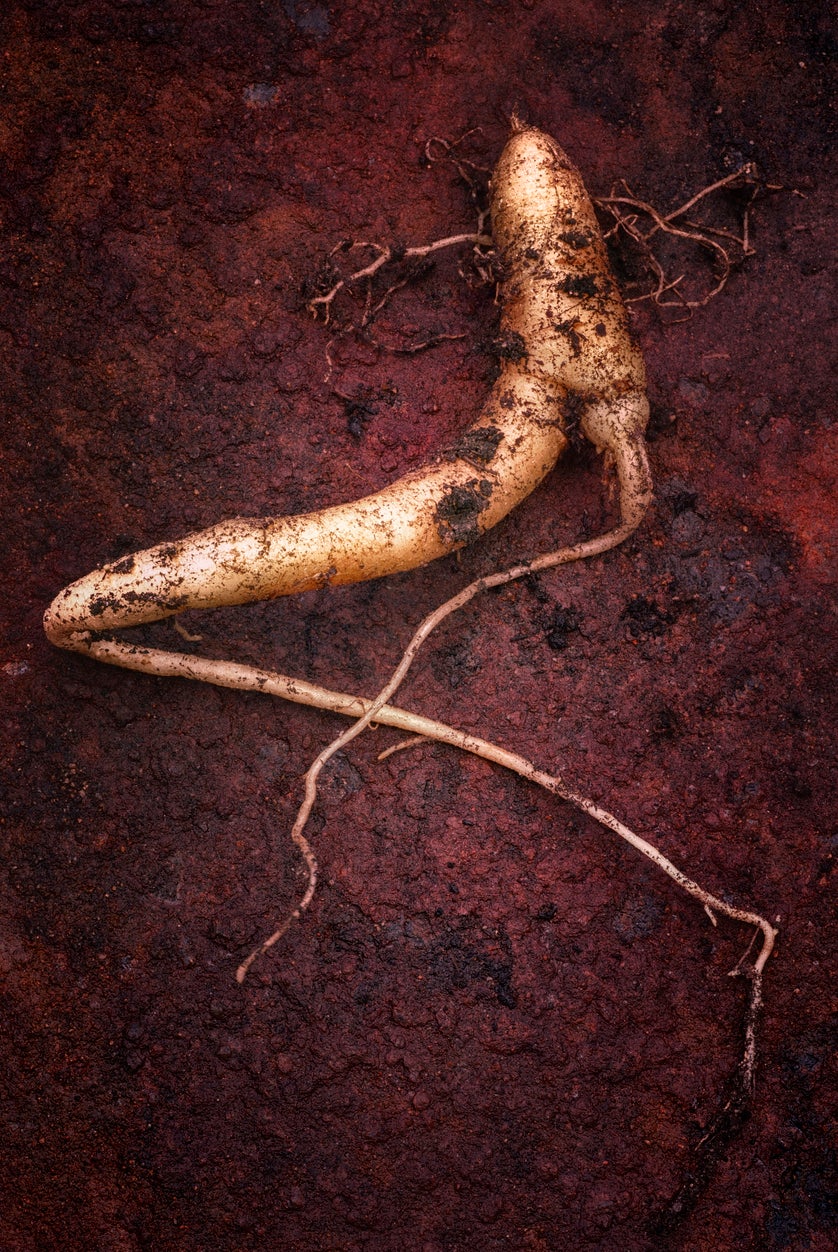 Mandrake Winter Protection – Learn About Mandrake Winter Care
Mandrake Winter Protection – Learn About Mandrake Winter CareMandrake is a plant steeped in history and myth. Although care should be taken, growing mandrake can be a fun way to be a part of history. Mandrake winter care is important to consider, though, before you start growing this Mediterranean native. Learn more here.
By Mary Ellen Ellis
-
 Mandrake Propagation Guide – Tips For Growing New Mandrake Plants
Mandrake Propagation Guide – Tips For Growing New Mandrake PlantsGrowing new mandrake plants is quickest from roots or offsets, but you can also start them from seed. Propagation of mandrake from seed can be a little tricky unless you know a couple of crucial tips. Click this article to learn how to propagate mandrake.
By Bonnie L. Grant
-
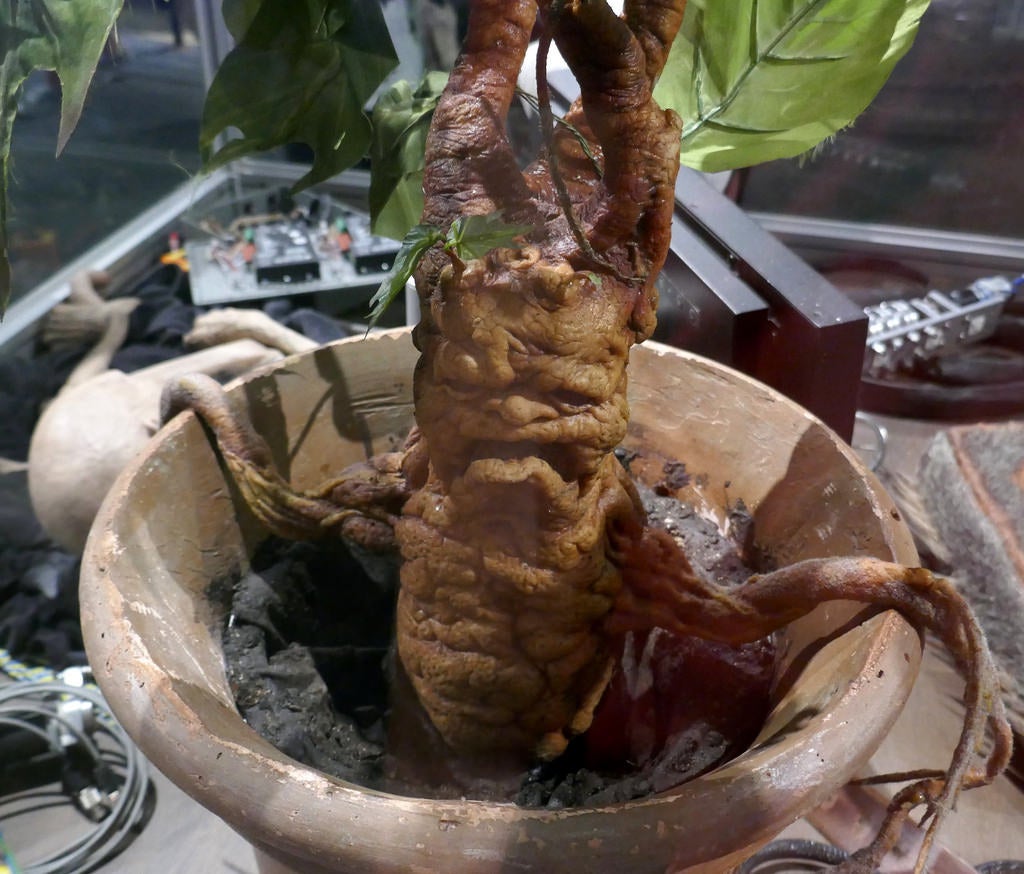 Mandrake History – Learn About Mandrake Plant Lore
Mandrake History – Learn About Mandrake Plant LoreMandragora officinarum is a real plant with a mythical past. Known more commonly as mandrake, the lore generally refers to the roots. Beginning in ancient times, stories have included magical powers, fertility, possession by the devil, and more. Click here for additional info.
By Mary Ellen Ellis
-
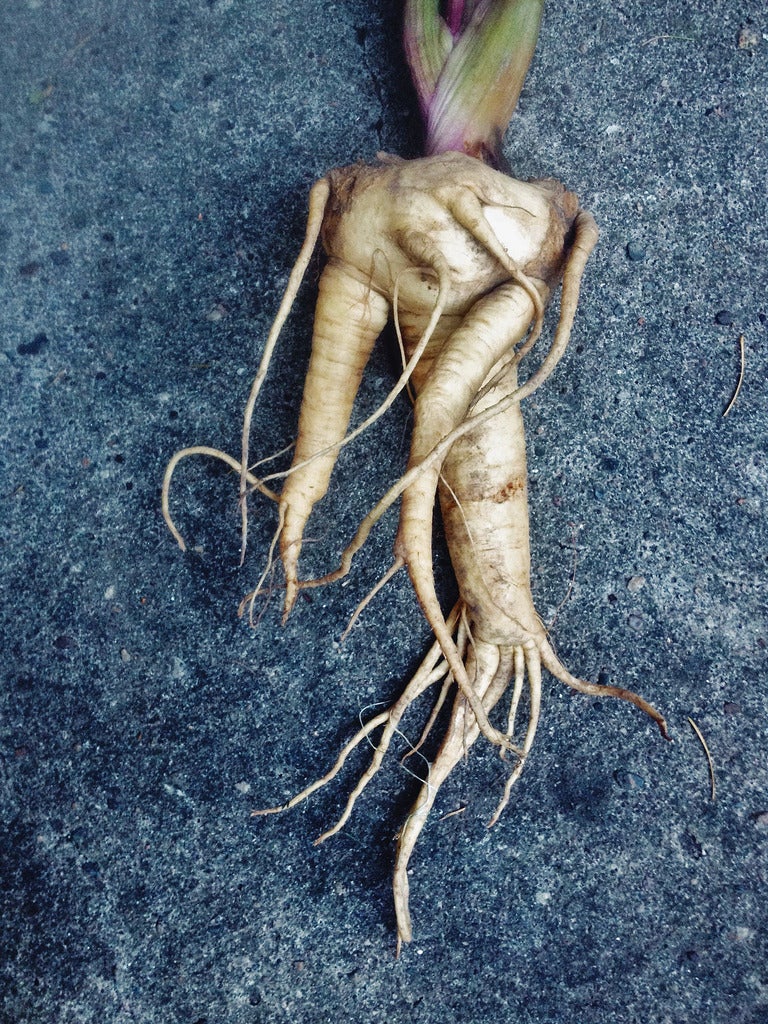 Common Mandrake Uses – What Is Mandrake Used For
Common Mandrake Uses – What Is Mandrake Used ForMandrake plants aren’t widely used today, although herbal mandrake is still used by some people. According to folklore, this fascinating plant was thought to have great powers, both positive and negative. What do you do with mandrake? Let’s find out here.
By Mary H. Dyer
-
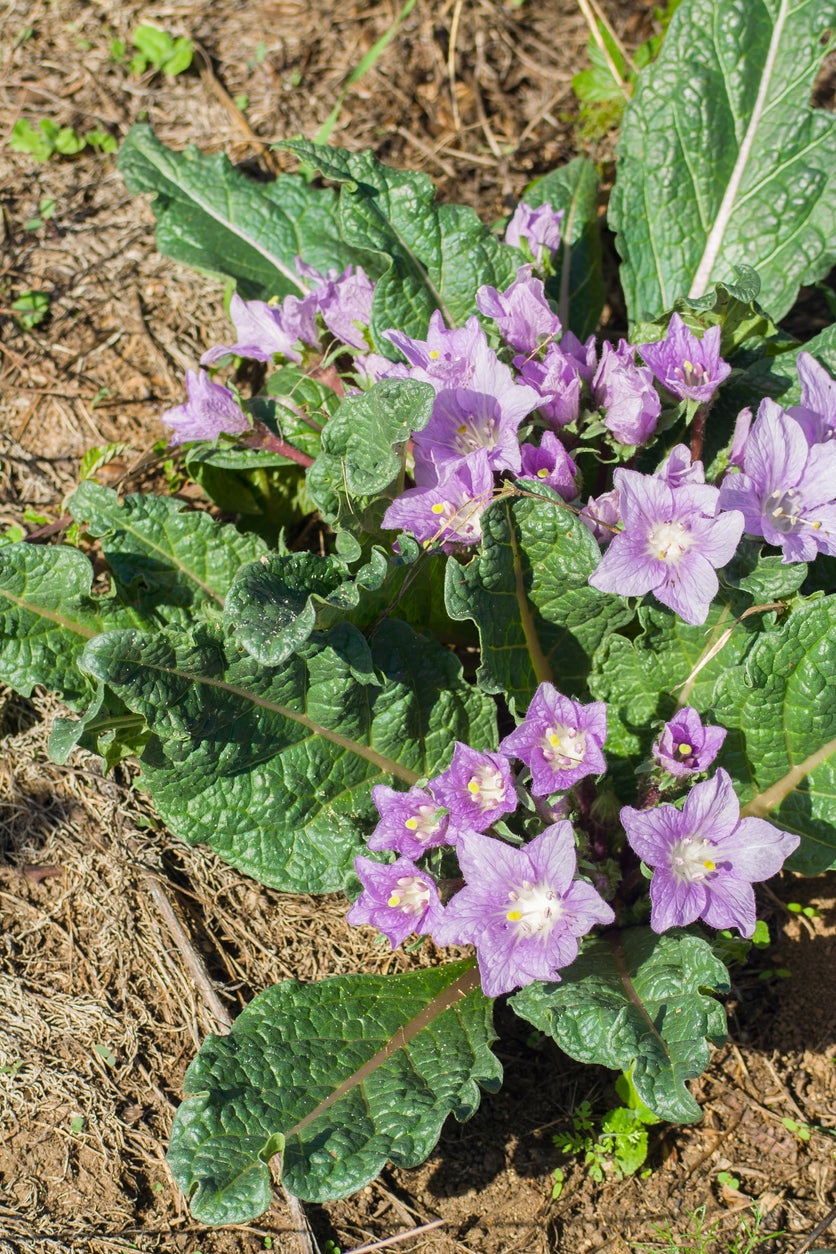 Is Mandrake Poisonous – Can You Eat Mandrake Root
Is Mandrake Poisonous – Can You Eat Mandrake RootFew plants have such a storied history rich in folklore and superstition as the poisonous mandrake. Can you eat mandrake? Ingestion of the plant was once thought to sedate and improve sexual function. Further reading here will help understand mandrake toxicity and its effects.
By Bonnie L. Grant
-
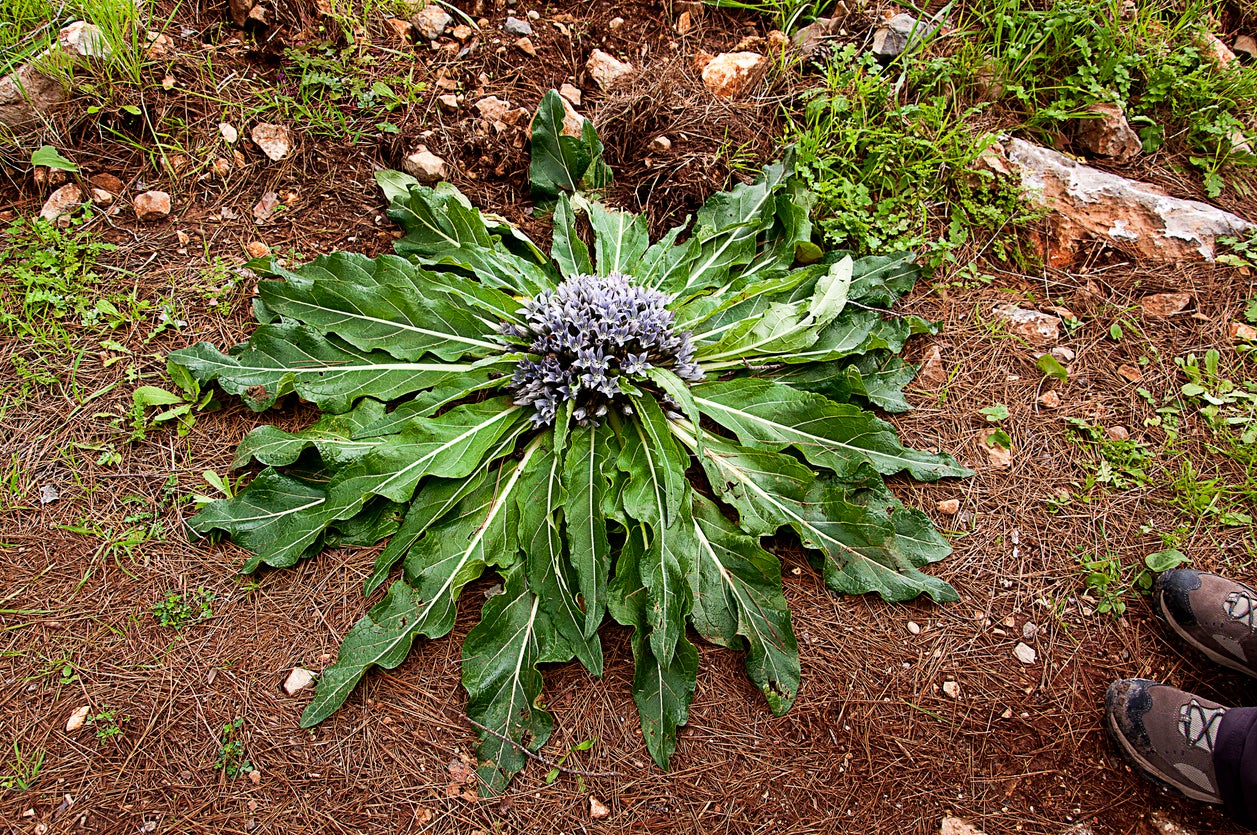 Mandrake Division – How To Divide Mandrake Roots
Mandrake Division – How To Divide Mandrake RootsGrowing mandrake is a way to add history and myth to your garden. Mandrake division is one way to propagate this plant, but the roots are sensitive to disturbance, so it must be done with care. This article will help get you started with mandrake division in the garden.
By Mary Ellen Ellis
-
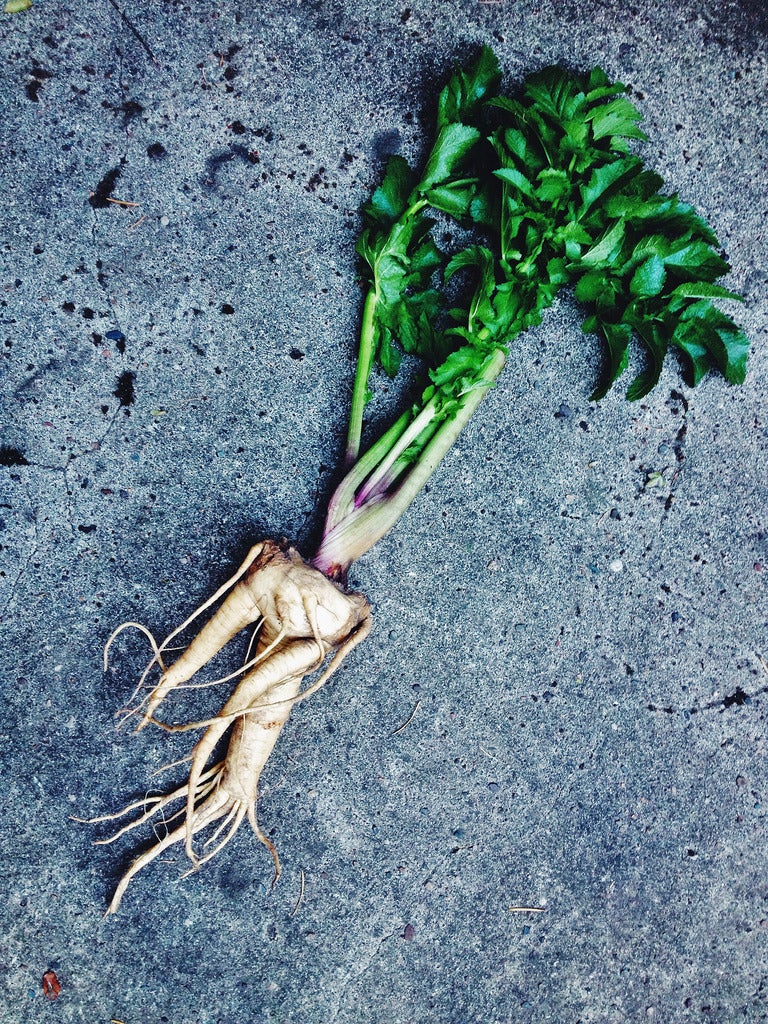 Mandragora Plants – Growing Mandrake Plant Varieties In The Garden
Mandragora Plants – Growing Mandrake Plant Varieties In The GardenIf you are interested in growing mandrake, there is more than one type to consider. There are several mandrake varieties, as well as plants called mandrake that are not from the same Mandragora genus. Want to learn more? Click this article for additional information.
By Mary Ellen Ellis
-
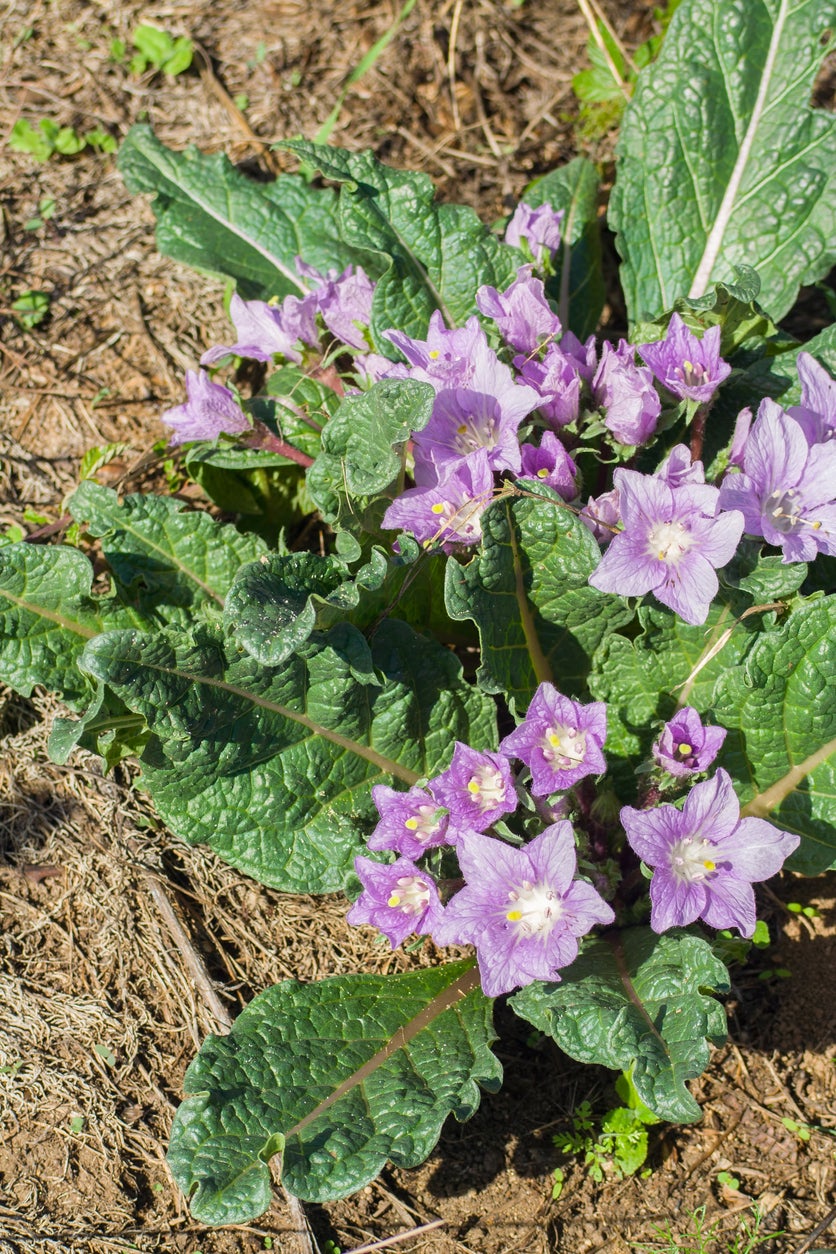 Mandrake Irrigation Guide – Learn How To Water Mandrake Plants
Mandrake Irrigation Guide – Learn How To Water Mandrake PlantsThere is no denying that the mandrake is quite the interesting and mythical plant. With proper care, like watering, this dark (yet beautiful) plant will produce vibrant dark green foliage and elegant white and pink-purple blooms. This article will help with that.
By Tonya Barnett